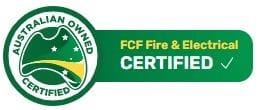Fire Safety: Best Practices In A Medical Clinic
)
Medical facilities may be a destination health care, but it is no exemption to fire accidents. Therefore, Australian Standard Codes on fire prevention still apply in any establishment. Clinics are small health care facilities with a more modified set of safety rules. As long as it is in operation, building owners must make a clinic fire safety plan.
How Do You Construct A Fire Safe Environment In The Clinic?
A fire-safe environment consists of installations guaranteed to protect the wellbeing of occupants through the use of State-approved products such as a sprinkler system, smoke detectors, fire extinguishers and the like. Regulations are implemented involving exercises and reviews to accomplish utmost safety in the clinics. By simply familiarising the rules and putting them into action, managing fire safety in clinics would definitely be painless.
To shed light on fire safety best practices, establishing a plan for your clinic should include both training and maintaining as discussed below.
Training
Fire evacuation plans and instructions are established under the Building Fire Safety Regulation 2008. A plan of action against fire threatening the building must be provided for the occupants. Carrying out the plan involves identifying exit signs and routes, knowing the different fire extinguisher classes, when to fight a fire and how to fight a fire, and ultimately when to evacuate when the fire is uncontrollable.
An adequate set of instructions should cater not only to all staff and visitors but to all patients, such that each one is given sufficient instructions. As part of emergency training, recognizing patients according to their physical abilities should be practiced. Therefore, a patient in need of physical assistance should receive proper guidance and handling during an emergency. The policies set enable building managers and occupants to identify their obligations in the duration of their occupancy in the clinic.
Medical centres should schedule these drills with the help of state licensing agencies. Usually, the advised frequency of evacuation practices should run at least once a year.
Maintenance
Every building owner or operator holds responsibility in knowing the obligations for maintenance under Building Fire Safety Regulation 2008. The building requirements are not limited to training and fire safety equipment installations, but also the maintenance testing and recording requirements.
The occupier must maintain the prescribed fire safety equipment in accordance with the maintenance standards, such as:
- sprinklers
- fire hydrants
- emergency exit signs
- fire detection and alarm systems
Under the Fire and Emergency Services Act 1990, the means of escape and prescribed fire safety installations suggest that evacuation routes should be free from obstruction in the event of a fire. The building's risk level may be determined by checking the following characteristics:
- The number and location of exits present
- Clear floor areas in the building
- Fire-prone areas where the flammable fixtures and fittings are installed
- The prescribed fire safety installations in the building
- Evacuation routes, whether occupants can exit directly into open spaces or other assembly areas
Apart from the risk factors that may affect the safety of patients, staff, and visitors, the occupancy limit has to be determined. The number of persons expected to visit and are likely to use the building should be estimated accurately and controlled to avoid overcrowding in times of emergency.
Clinics make a good comfort destination for quick health consultation and care. It is important to maintain this image by practising the provisions set for fire safety. For inquiries, contact a trusted fire safety professional in Dalby.

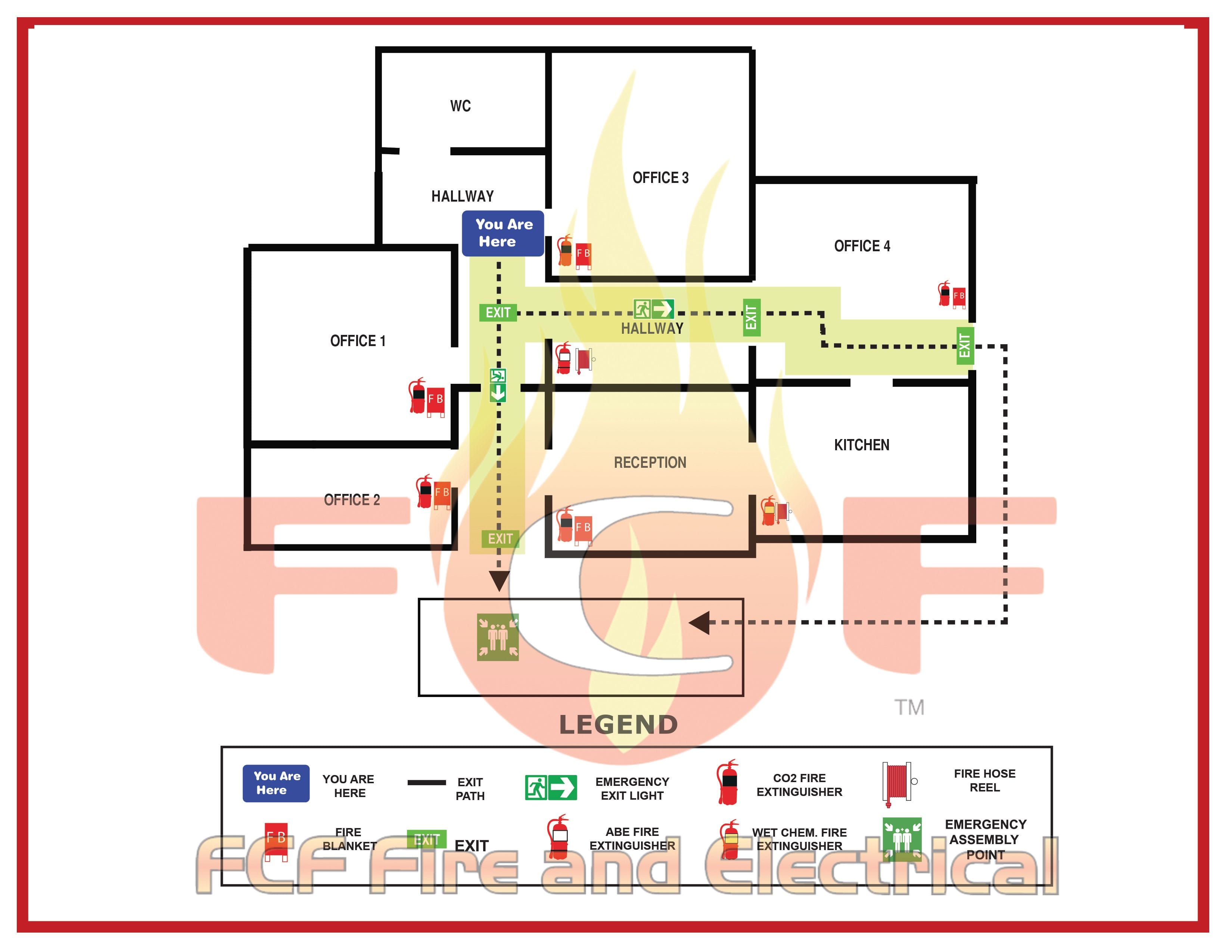
)
)
)
)
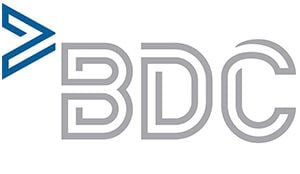)
)
)
)
)
)
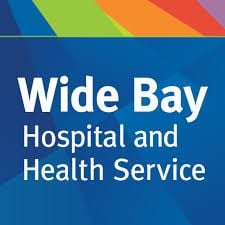)
)
)
)
)
)
)
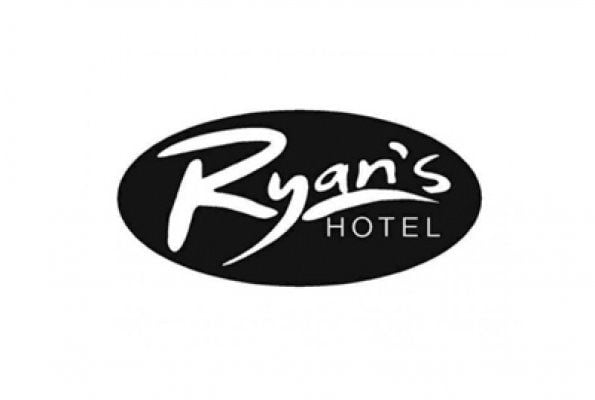)
)
)
)
)
)
)
)
)
)
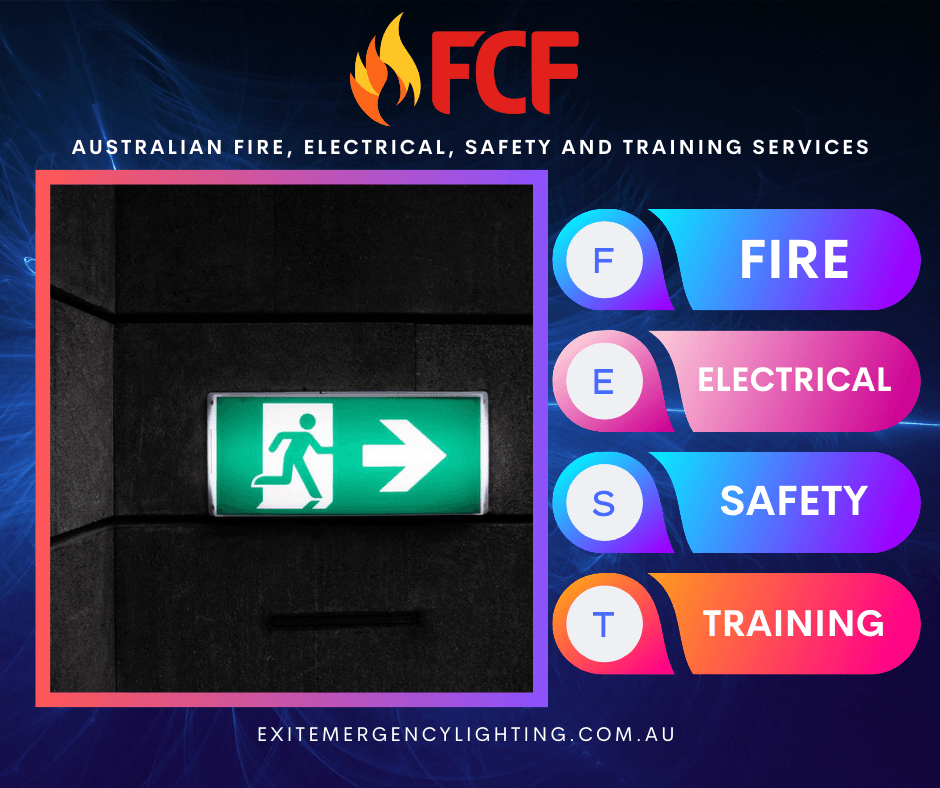)


